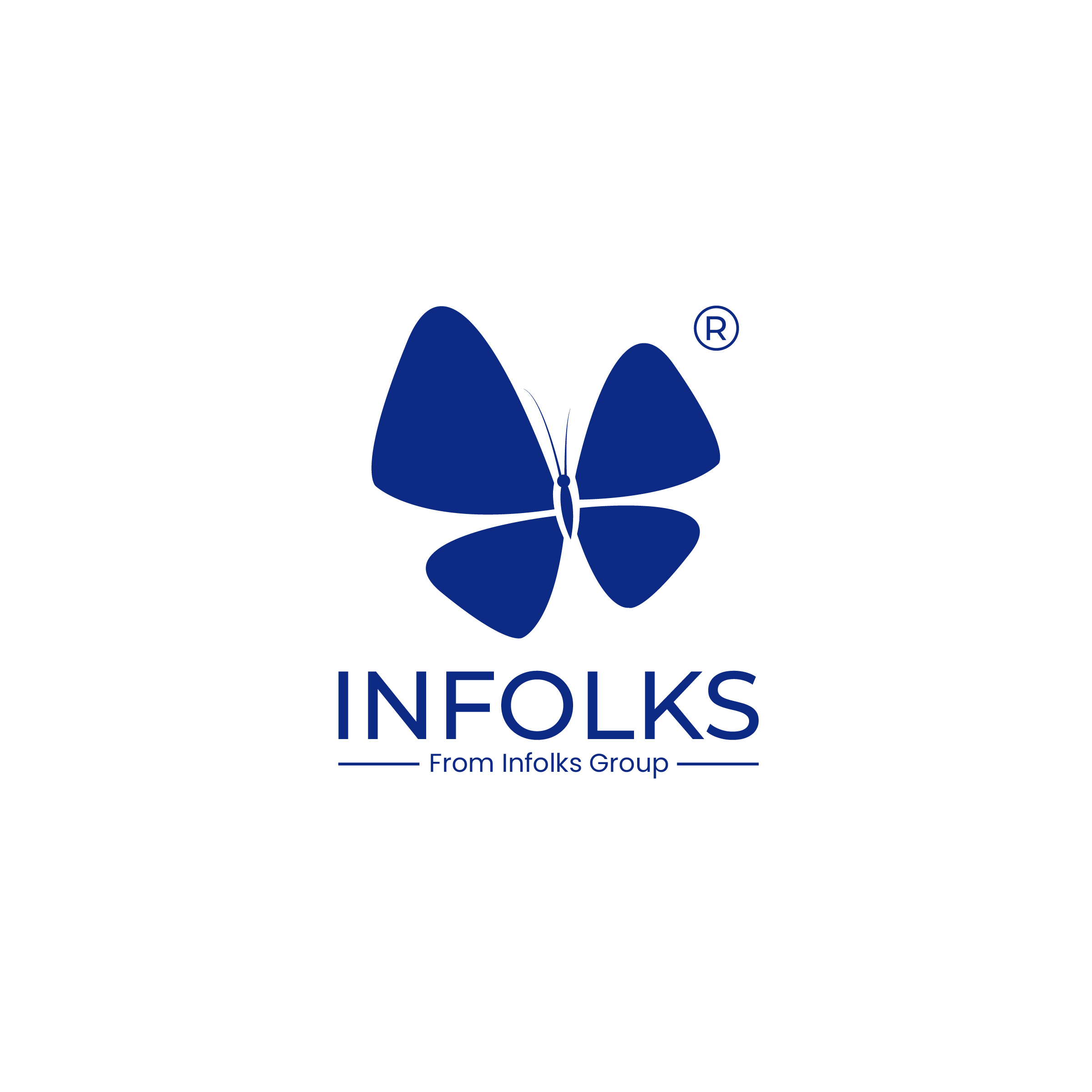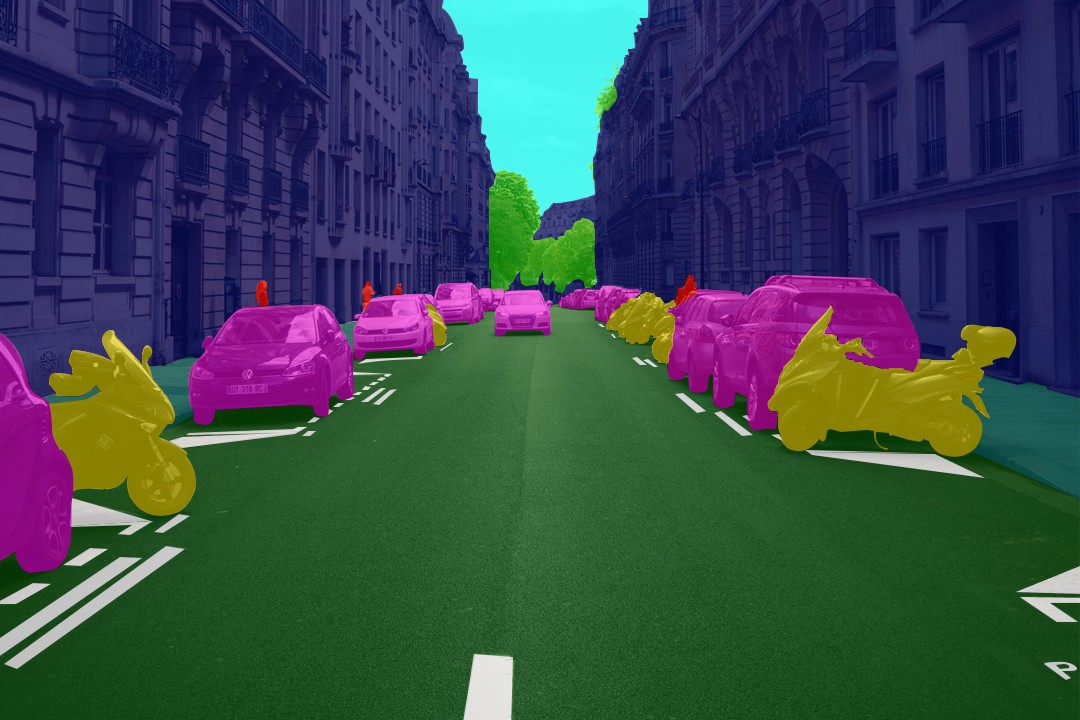Data Labeling: The Basics
 Infolks
Infolks
Computer vision, AI, and ML models face constraints when dealing with raw data. Upon labeling data, such as images, videos, text, and audio, an algorithmic model begins comprehending its visual inputs, enabling it to undergo training and learning from the labeled dataset.
What Is Data Labeling?
Data labeling is the task of putting labels, tags, and descriptions on raw data, like images, videos, text, audio, and 3D point clouds. These labels tell what's in the data, helping it understand and learn for a project. It is generally more effectively and accurately done manually. Data labeling includes image annotation, text annotation, audio annotation, video annotation, and 3D point cloud annotation. We will cover all of these and more in this blog.
Why Is Data Labeling Important?
Data labeling is crucial, especially for supervised learning models. In this type of learning, labeled datasets play a key role in helping the model truly understand the input data. Imagine giving the model a guidebook with clear labels on what's what.
When the model studies the patterns in the labeled data, it tries to make predictions. If these predictions match what you want, great! But if not, this is where you decide if the model needs more tweaking and testing.
Now, here's the cool part – data annotation or data labeling, which is adding these labels, is like giving superpowers to the model. When this annotated data is used to train the model, it can make autonomous vehicles stop at pedestrian crossings, help digital assistants recognize voices, and even assist security cameras in spotting suspicious behavior. It's like teaching the model to do all these amazing things! If you're curious about real-life examples, you can check out our social media for the practical uses of annotation. So, data labeling is not just important; it's what makes our models smart and capable in the real world.
What Are The Types Of Data Labeling?
Data labeling is a crucial step in machine learning and data analysis where human annotators assign labels or tags to data points. The types of data labeling are defined by the medium or format of the data being labeled. Here are some common types of data labeling based on different data formats:
Image Annotation
Computer Vision (CV) is a branch of AI that lets machines recognize objects in images, making them "see" and identify items without human-like time investment. To achieve this, models require image annotation, which involves adding labels to images. These labeled images, created through techniques like bounding boxes, semantic segmentation, etc., are utilized by computers to enhance recognition accuracy. For instance, in the context of an online fashion store, labeled images can process product images, adding tags such as "red," "velvet," "A-line," and "pleated" to a picture of a red skirt.
Video Annotation
Video annotation is the process of labeling video clips to help computers identify objects in videos. This process involves identifying objects and events in the video, and then labeling them with markup labels. The labels are then used by machine learning algorithms to build models that can extract meaningful information. Video annotation is different from image annotation because it involves annotating objects on a frame-by-frame basis. The goal is to make it easier for computers that use AI-powered algorithms to identify objects in videos. Video annotation is used to train AI to detect objects and audio in videos. For example, autonomous vehicles use video annotation to train the car where it needs to go, how to react to its environment, and what to avoid.
Natural Language Processing (NLP)
Natural Language Processing (NLP) is like giving computers the ability to understand human speech. It's a part of Artificial Intelligence that blends language, statistics, and Machine Learning to explore how language works. The goal is to create smart systems that can grasp and make sense of text and speech.
In simpler terms, NLP is about teaching machines to understand language, just like we do. When we talk about NLP, we're essentially talking about the technology that helps computers understand the way humans naturally speak and write. To make NLP work, you first need a training dataset. This is a collection of text that the computer learns from. You can either manually select pieces of text that are relevant or add labels to different parts of the text.
Now, NLP does cool things like Sentiment Analysis and Named Entity Recognition (NER). Sentiment Analysis figures out if a piece of text is positive, negative, or neutral. Named Entity Recognition identifies specific things like names of people, places, or organizations in the text.
So, in a nutshell, NLP is the technology that makes it possible for computers to understand and work with human language. It's like training your computer to read between the lines and make sense of what we're saying or writing. Audio processing is like converting different types of sounds like speech, animal noises, or construction sounds into a structured format that computers can understand. This is super handy for using these sounds in Machine Learning, where computers can learn to recognize and understand them.
Audio Annotation
Now, when you're dealing with audio, the first step is often turning it into written language. This is where transcription comes in. Imagine listening to a recording of someone speaking and then writing down what they say; that's transcription. By doing this, we create a text version of the audio. But audio processing doesn't stop there. To make the computer really understand the audio, we add tags and classify it. Think of tags as labels that tell the computer what's happening in the audio whether it's someone talking, an animal making noise, or the sounds of construction.
Now, here's where things get interesting. Speech recognition and Natural Language Processing (NLP) often team up. Once we have the audio transcribed into written language, NLP jumps in to understand the content of the text. It's like teaching the computer not just to recognize words but also to understand the meaning behind them. So, in a nutshell, audio processing is about turning sounds into a language computers can understand. We transcribe the audio, add labels to it, and then use NLP to make sense of what's being said or heard. It's like giving computers ears and a brain to understand the world of sound.
3D Point Cloud Annotation
3D point cloud annotation is the process of labeling objects in a 3D point cloud. It's used in machine learning and computer vision to accurately identify and label objects within visual data. A 3D point cloud is a set of points generated by sensors like LiDAR that define the 3D structure of an object in space. Each point in the data set is represented by an x, y, and z geometric coordinate. 3D point cloud annotation is crucial for LIDAR-based applications. By accurately annotating the point clouds, AI models can understand and interpret the surrounding environment. This enables tasks such as object detection, obstacle avoidance, and scene understanding.
Why Do Humans Need To Do It?
Humans need to label images, videos, audio, text, etc. for machine learning because this process is critical for teaching machines to understand and interpret visual information. While machines learn from trial images processed through data labeling, maintaining the quality of labels is challenging, especially with automatic methods. Humans excel at providing context-specific labels, ensuring a more accurate and nuanced understanding for machines.
In this context, AI companies often turn to data labeling companies for large-scale data labeling within specified deadlines. INFOLKS, a data labeling company, specializes in providing human-annotated images, videos, audio, text, etc. assuring AI companies that the data encompasses human reasoning. This collaborative effort contributes to the ongoing process of humanizing machine learning.
As artificial intelligence continues to advance, humans are crucial in refining the labeling process, contributing to the humanization of machine learning. This human touch is essential for training machines to recognize and interpret images accurately, making the technology more reliable and effective.
Subscribe to my newsletter
Read articles from Infolks directly inside your inbox. Subscribe to the newsletter, and don't miss out.
Written by

Infolks
Infolks
We are a leading data labeling service provider. Our super-powered workforce labels precise and quality training data sets for AI and ML modules. We’re here to bring someone’s AI dreams into reality.